Estimated reading time: 18 minutes
If you want to know the best ways to ship from China to the US then please keep reading this article.
You can save the cost if you know how to import from China and which is the best shipping method for your specific shipments. Learning international logistics knowledge will help you to be more competitive when competing in the market.
After you read this article, you will have ideas about how to choose the shipping method and the detailed process of importing from China.
Table of Contents
ToggleShipping from China to the US by Sea
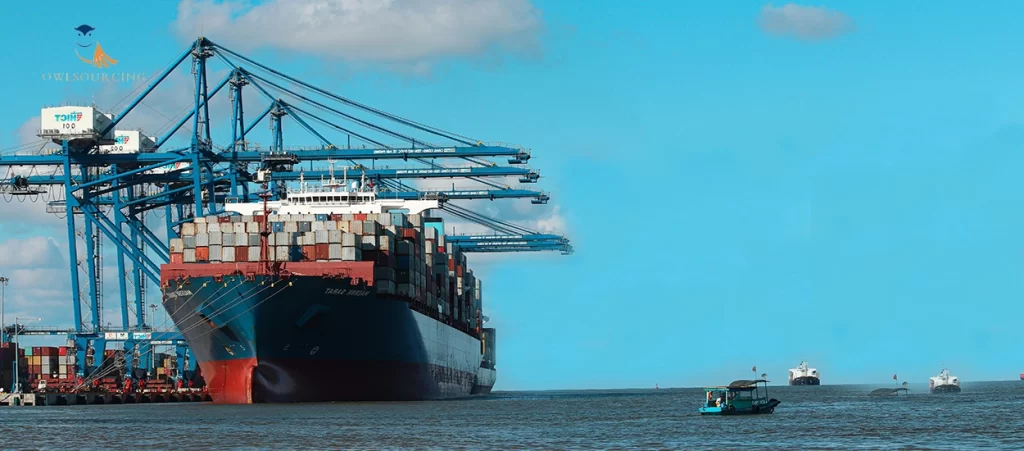
Every day, a large number of products are shipped from China to the US and other countries through shipping containers. Ocean shipping is one of the most popular forms of international shipping. How to ship from China to the US?
Let’s first understand the basics of the shipping containers.
What are Common Container Sizes?
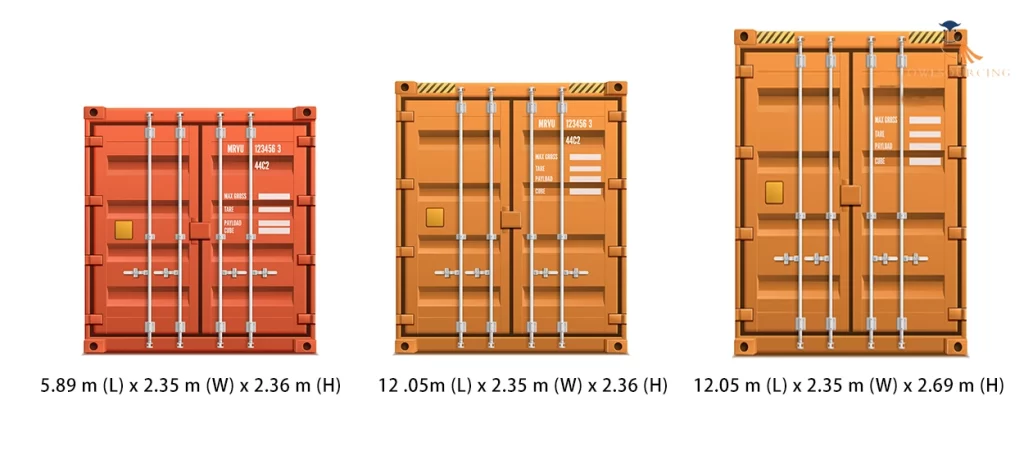
1. 20′ Container
20FT container is the most popular for all uses.
Size (Internal Dimension):5.89 m (L) x 2.35 m (W) x 2.36 m (H)
Load Capacity: 33 m3 (safe-loading cubic meter recommended when considering irregular-size cartons: 27 m3)
Cargo Weight: approx. 21,700 kg
2. 40′ Container
The 40FT container is double the size of the 20′ container, and it’s the second most popular container for shipping.
Size (Internal Dimension): 12 .05m (L) x 2.35 m (W) x 2.36 (H)
Load Capacity: 66 m3 (safe-loading cubic meter recommended: 57 m3)
Cargo Weight: approx 26,500 kg
3. 40′ HQ Container (High Cube Container)
If you require more storage space than a regular-sized container, then it’s best to go big.
Size (Internal Dimension): 12.05 m (L) x 2.35 m (W) x 2.69 m (H)
Load Capacity: 76 m3 (safe-loading cubic meter recommended: 66 m3)
Cargo Weight: approx 26,500 kg
What are the Types of Shipping Terms?

1. FOB: Free on Board
The term is used to indicate when liability and ownership of the cargo are transferred from a seller to a buyer. The designation defines which party has responsibility for the payment of the freight charges.
For example, “FOB Shanghai” means the seller or supplier is responsible for the transportation of the goods to the port of shipment and the cost of loading or other fees. The buyer (consignee) pays the costs of ocean freight, insurance, unloading, and transportation from the arrival port to the final destination, which also includes the import tax from China to the USA/destination country.
FOB terms relieve the seller of responsibility once the goods are shipped.
2. CIF: Cost, Insurance, and Freight
In this type of shipping, the seller is responsible for not only the domestic transportation or other costs before shipping but also the ocean freight and insurance to the destination.
CIF is considered a more expensive option when buying goods.
3. CFR: Cost and Freight
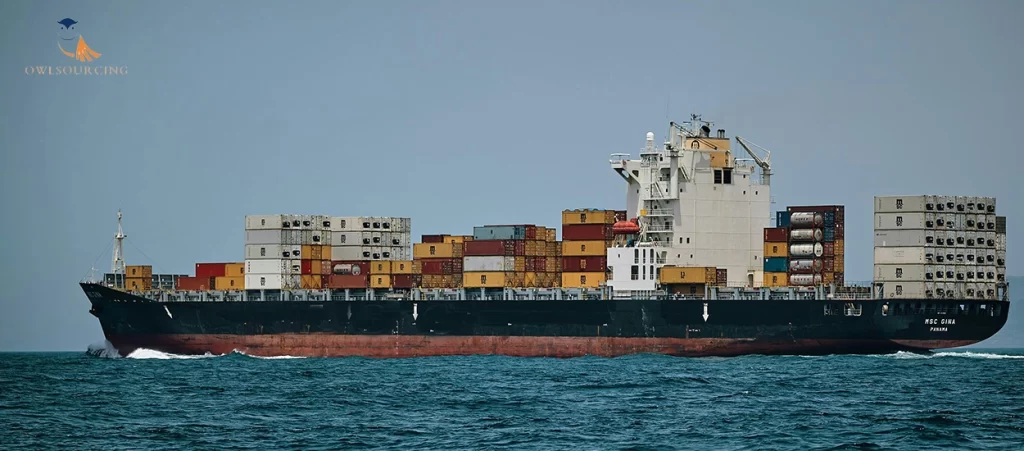
In CFR, the seller is required to arrange the carriage of goods by sea to the port of destination. The seller is responsible for both the domestic costs before shipping and the shipping freight but not the insurance.
4. Ex-Works (EXW)
This is one of the primary shipping terms between the seller and buyer. The China factories/wholesalers must ensure the cargoes will be at their factories or warehouses for the buyer to collect according to the trade deal. The buyer would be responsible for all the costs and risks for international logistics, import tax from China, export customs clearance, and insurance.
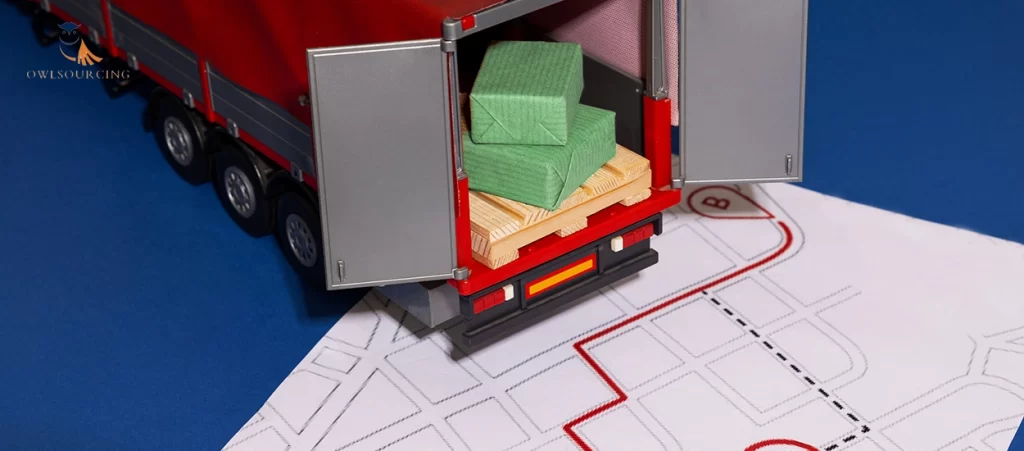
5. Free Carrier (FCA)
Under this term, the seller would be responsible for handing over the ordered cargoes to the freight forwarder warehouse appointed by the buyer and custom cleaning the goods. The buyer will bear all the costs after that.
6. Delivered at Place Unloaded (DPU)
This term means that the sellers (China wholesalers/factories) would bear all the international logistics costs shipping from China to and including the destination terminal. The buyer will cover the customs clearance charge.
7. Delivered at Place (DAP)
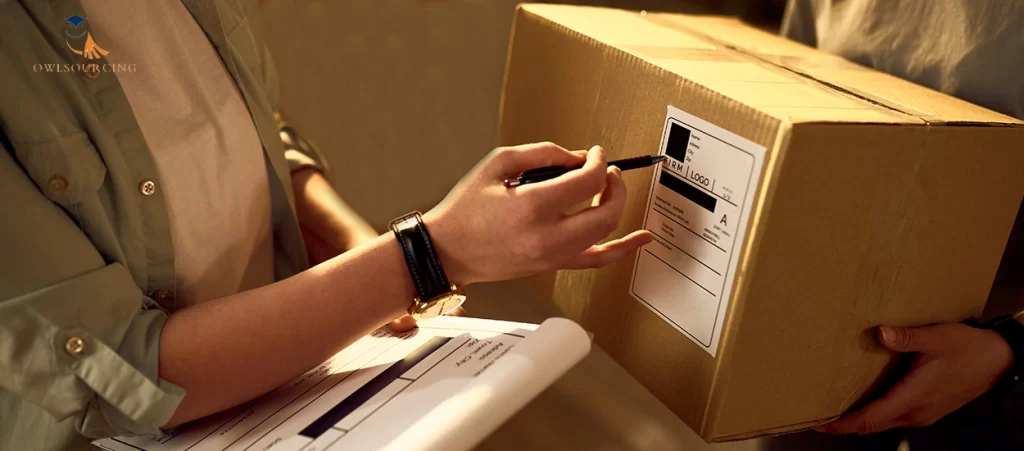
The term is also known as formerly delivered duty unpaid (DDU). The seller is responsible for delivering the cargo to the location appointed by the buyer. The buyer will bear the costs of customs clearance and import duties.
If you want to know more about shipping terms, you can read this blog about Basic Trade Terms Alibaba Incoterms.
How to Choose Sea Shipping Methods?
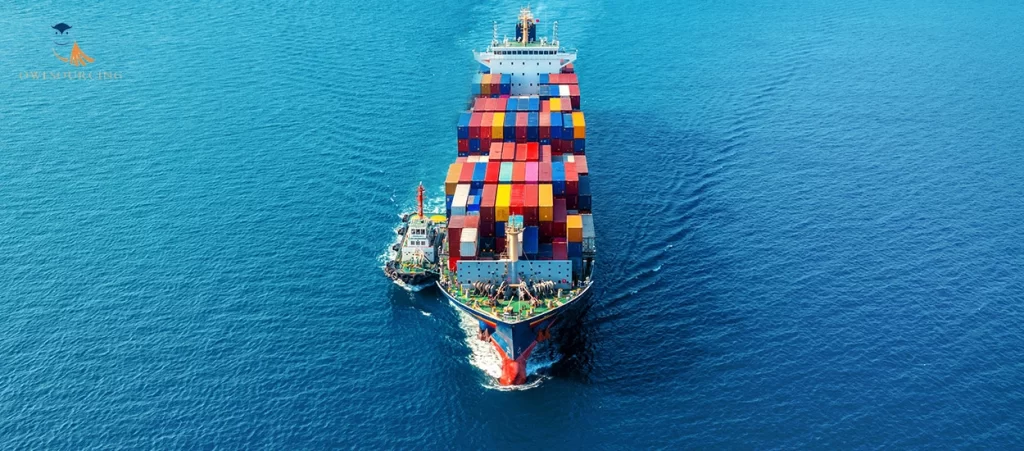
After you get the right product, what you need to know is the different shipping methods before shipping goods from China to the US.
International ocean shipping is divided into two methods: LCL and FCL.
What is LCL and FCL?
a) LCL: Less than Container Load
LCL shipments refer to sea freight shipments that are transported in a shipping container along with the cargo from other shippers sharing the space within the same container.
Three Types of Common LCL Shipments
- One shipper ships the products in one shipping container to multiple consignees at the same destination port
- Multiple shippers ship their products from the same departure port through the same container to one consignee at the same destination port
- Multiple shippers ship their products from the same departure port through the same container to multiple consignees at the same destination port.
Advantages of LCL Shipment
You can use LCL shipment even if the cubic meter of your cargo is one m³. It allows you to order fewer products to try in your market, so it’s easy for you to control the inventory and lower the risk.
The price is competitive.
Detail Explanation: How to Consolidate Shipments from China?
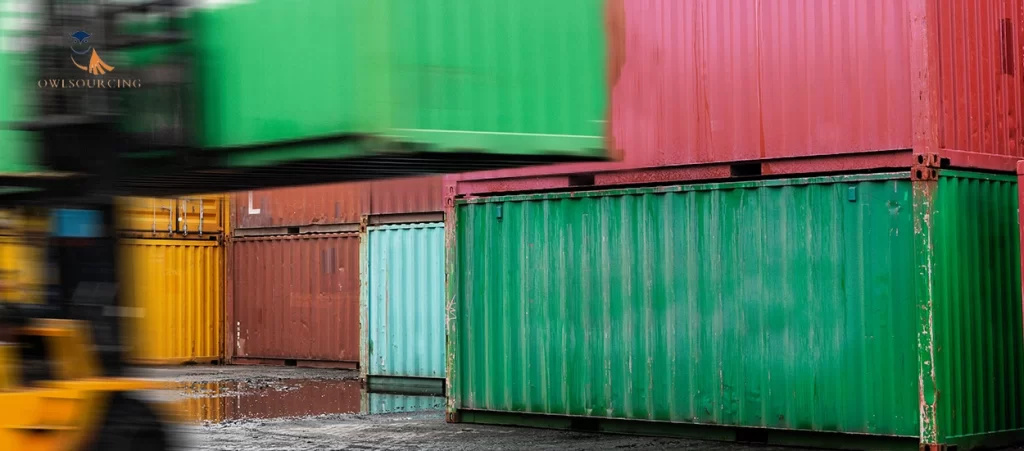
b) FCL: Full Container Load
FCL is an ocean shipment in which the goods loaded into a full container are your products only, and they ship to one consignee.
Advantages of FCL Shipment
- Customs clearance at the destination is faster than with LCL shipment. Remember that the destination customs officers need to review all the documents for the products inside the container. It takes a lot of time to go through the process if the products are from different shippers.
- It’s simple to do the FCL shipping operations because there is only one shipper and one consignee. The reason why FCL is more popular than LCL is that there are many restrictions for LCL shipments. With LCL, if other products in the container require government inspection, then it also delays your delivery because the products are in the same box.
- It’s more convenient when packing and loading. If you choose full-container loading, then the forwarder can arrange to deliver the container to your factory, which means you can supervise the loading process and make sure the workers don’t damage the cartons when loading to the container.
Two key points to remember before you decide if you are going to use LCL or FCL are the total cubic meters and the total weight of the cargo.
What Do You Need to Prepare Before Shipping from China to the US?
- 1–8 m3 of cargo, chose LCL shipping.
- 8–15 m3 of load, check with your forwarder about both prices and do your research because it depends on the destination and cargo’s weight.
- Over 15 m3 of cargo, choose FCL shipping, which is safer and easier to handle than LCL. The cost might be more expensive if you use LCL shipping for shipments over 15 m3.
Remember to try to choose FCL, not LCL, and only use LCL when the cubic meters of your cargo are under 15 m3. You will always benefit from that.
What Documents Are Required for Shipping from China to the US?
1. Bill of Lading (BL)
The BL is the first standard document used in international shipments. It is a contract between the owner of the goods and the carrier. It will state what products are shipped, where they are going, and where the shipment started. Additionally, once the shipment is picked up, the bill of lading serves as a receipt issued by the carrier.
2. Master Bill of Lading (MBL)
MBL is the bill of lading issued by the shipowner. As long as there is an MBL, anyone can pick up the goods directly from the shipping company at the port of destination.
3. House Bill of Lading (HBL)
The HBL is the bill of lading issued by the shipping forwarder to their customers. You will receive an HBL when choosing LCL shipping.
Tip: The HBL is a bill of lading based on the MBL. You will exchange MBL with the designated agent or branch in the destination port for the HBL.
4. Telex Release Bill of Lading (TRBL)
After the shipper applies to the carrier (shipping company) and provides the electrical release letter, the shipping company of the port of departure notifies the port of destination agent by e-mail or by telex that it is necessary to release the goods on the original BL. The consignee can take the scanned copy or fax of the TRBL (to be stamped by the consignee’s company) or show ID to receive the goods.
5. Certificate of Origin (CO)

Some countries require COs for all or specific products. The exporter should verify whether the buyer or experienced shipping forwarder requires a CO.
The manufacturer prepares the document, and a government entity or chamber of commerce certifies it. This document identifies the country of origin and where the goods originally came from.
6. Commercial Invoice
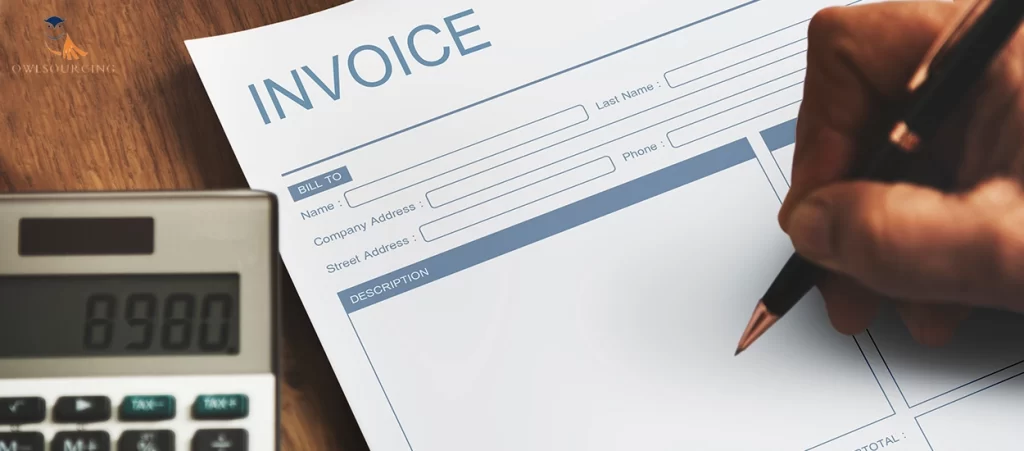
After the production is complete and the goods are ready for export, the China wholesalers or factories/trading companies/China sourcing agents will need to prepare the proper shipping documents, including three copies of the commercial invoice with the necessary data elements. It’s useful to have multiple copies when clearing customs.
The commercial invoice includes manufacturer and buyer information, commodity descriptions, the total number of cartons, unit price, total amount, HS Code, bank details, and more.
7. Packing List
Along with the commercial invoices, you will also need three copies of the packing list. This list contains manufacturer and buyer information, the number of items, commodity descriptions, the total number of cartons, quantities, weight, HS code, commercial invoice number, issue date, and more.
Provide this document to the shipping forwarder, carrier, and consignee with the necessary information about your shipment, and packing details.
The BL, CO, commercial invoice, and packing list are all critical export documents you need when exporting cargo.
Tip: Learn About the Eight Busiest Shipping Ports in China
1) Port of Shanghai
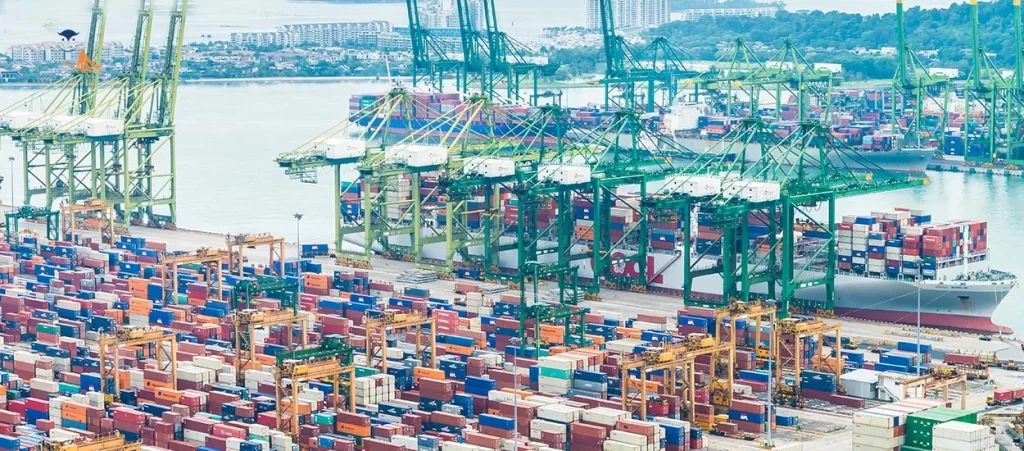
The Port of Shanghai includes Yangshan Port and the Waigaoqiao Shipping Terminals. This port is the busiest in the world and handles more than 35 million twenty-foot equivalent unit (TEU) containers per year.
2) Port of Shenzhen
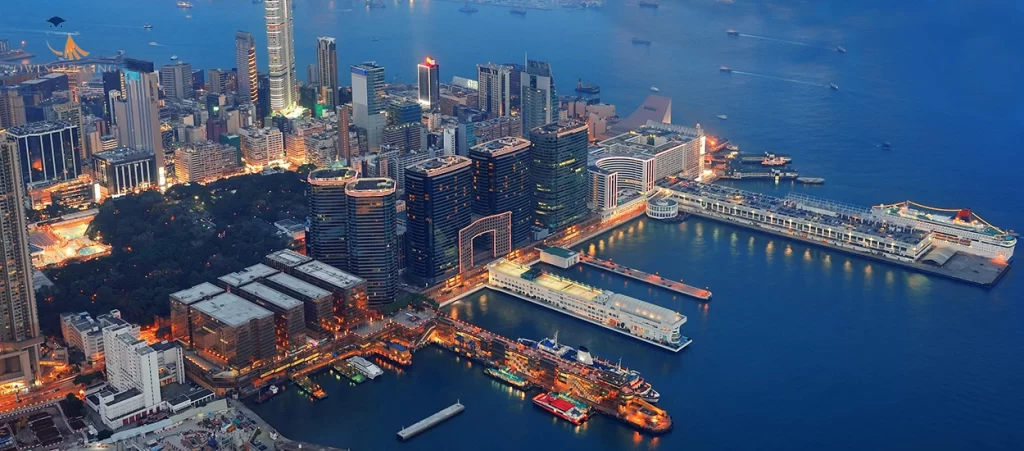
The Port of Shenzhen includes Yantian Port, Chiwan Port, Dachan Bay Port, and Shekou Port. The name “Port of Shenzhen” is a collective term for the multiple ports in Shenzhen City.
Shenzhen is also the city of electronic products. If you want to learn how to find the right electronic products on Alibaba, please click here for details.
3) Port of Ningbo
The Port of Ningbo includes Beilun Port and Zhenhai Port, which are in Zhejiang Province.
4) Port of Qingdao
The Port of Qingdao includes Dagang Port and Qianwan Container Terminal. This port is one of the ports in North China.
5) Port of Guangzhou
The Port of Guangzhou includes Nansha Terminal, Xinsha Port area, and Huangpu Port. It is located in South China in Guangdong Province
6) Port of Tianjin
The Port of Tianjin includes North Port, South Port, and East Port. It is located 150 km southeast of Beijing.
7) Port of Dalian
The Port of Dalian includes Dayaowan Port in Liaoning Province. This port serves as the major port for the northeast region of China.
8) Port of Xiamen
The Port of Xiamen includes Haicang Port and Dongdu Port. The Port of Xiamen is located in Fujian Province.
How to Ship from China to the US?
What is the process of shipping goods from China to the US? We will show you the process step by step.
After you select the specific China wholesalers to work for your project, then you need to figure out how to ship from China.
1. Shipping Forwarder and Route Choice
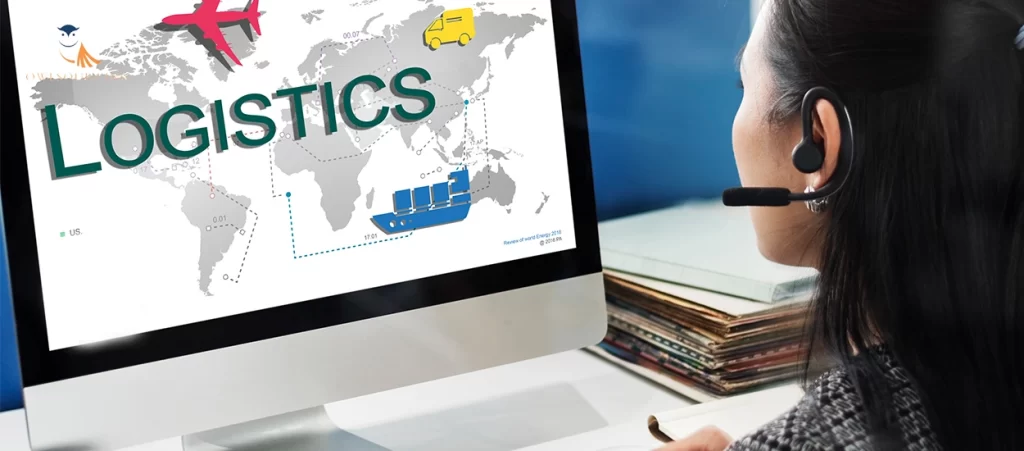
The key points when choosing the forwarder or the shipping company are:
- Shipping route from China to the destination
- Timeliness (average shipping time)
- Shipping Costs from China
For example, let’s say that you need to ship your cargo from Ningbo Port to the Port of Los Angeles in California. There are different options for the arrival time based on different routes and shipping costs from China to the USA.
The shipping time usually is in the range of 14 to 21 days to ship from Ningbo to Los Angeles. You can compare the quotes from different shipping forwarders and make your decision.
Ocean freight is always not stable due to the different seasons, so remember to check with your shipping forwarder and confirm the price.
Below is an example of container shipping cost from China to the USA:
From Port of Shanghai to Port of Los Angeles
a) One 20’ GP Container
- Total container volume: 27 m3 (safety loading volume)
- FCL Price Range: approx. $1,200–1,400
- LCL Price: approx. $70.00/m3
b) One 40’ GP Container
- Total container volume: 57m3 (safety loading volume)
- FCL Price Range: approx. $1,400–1,700
- LCL Price: approx. $70.00/m3
2. Container Booking
The supplier will submit a container booking note to the shipping forwarder (which you will normally select) and apply for the container space after production is complete. The booking note contains information about your specific shipments, such as the description, total cubic meters, weight, ready date, shipping port, consignee, destination port, shipping mark, shipper information, and more.
3. Container Booking Request Approval
The shipping company or shipping forwarder will consider the booking request based on its capacity and route and decide whether or not to accept the request. The shipping forwarder will then check with you and confirm if your shipment is FCL or LCL and then release the shipping order (SO) after it accepts the booking.
4. Cargo Preparation
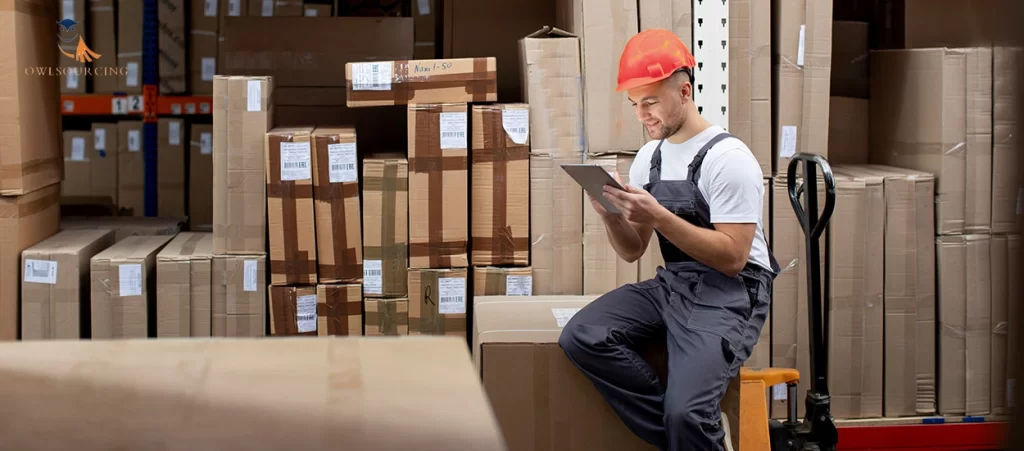
After your supplier receives the SO, it will either send the cargo to the warehouse appointed by the shipping forwarder (LCL shipments) or ready the cargo for onsite container loading (FCL shipments). The supplier will submit the declaration document to customs as well.
5. Container Loading
The supplier will deliver the cargo to the warehouse appointed by the forwarder if it is an LCL shipment. All the necessary information is included in the SO.
If it is an FCL shipment, your supplier will coordinate with the shipping forwarder and arrange delivery of the container truck to the factory to load the cargo into the container on site.
6. Document Confirmation
Next, you will confirm all the necessary export documents with the supplier and the shipping forwarder. Make sure the information on the BL, CO, packing list, and commercial invoice correspond to one another, including the description, number of cartons, HS code, quantities, price, shipper and consignee, shipping mark, and so on.
7. Declaration
After Chinese customs receives the shipping information and documents from the forwarder, the customs broker will declare it for your shipment.
8. Container Collection
Once Chinese Customs completes the declaration and your goods are released, the forwarder will collect the container from the container yard and take it to the port.
9. Loading and Follow-Up Paperwork
The boxes will be loaded onto the docked ship.
The shipping forwarder will issue a BL, settlement fee, and follow-up work.
How to Choose Between Air Freight and an Air Courier?
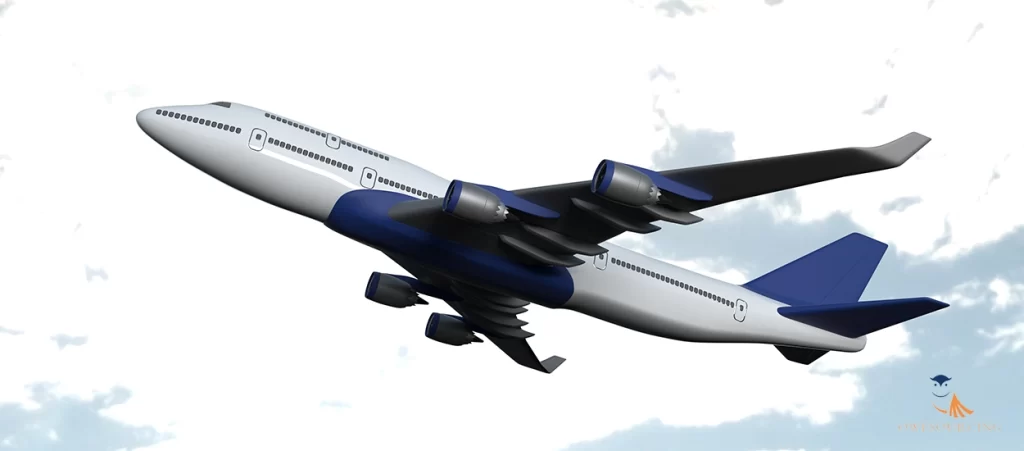
How long does it take to ship by sea from China to the US? It’s about 14-20 days.
If you think ocean shipping takes too long and the cost of a courier is too high, then airfreight might be a good option.
Airfreight has won a considerable share of the market with it is fast, flexible, safe, punctual, and efficient service. Airfreight can significantly shorten the delivery time and has played a significant role in optimizing the logistics supply chain and accelerating capital turnover.
There are many airlines, and most countries have at least one airline (usually a national airline). Major aviation countries such as the United States, China, and Russia have dozens of large airlines. However, there are relatively few air couriers.
Using an air courier is not advantageous in all regions. Express agents operate in many areas, and the service is prone to problems, such as poor connection. Airlines are different because each part has national airlines that reflect local services. Airfreight is fast and safe with accurate delivery.
Airfreight is time-sensitive, and the transportation period is short (generally one to seven days). Ocean shipping timeliness, however, is very poor, and the transportation cycle is long (usually ranging from one week to two months).
How to Calculate Shipping Fees for Air Freight and Air Express?
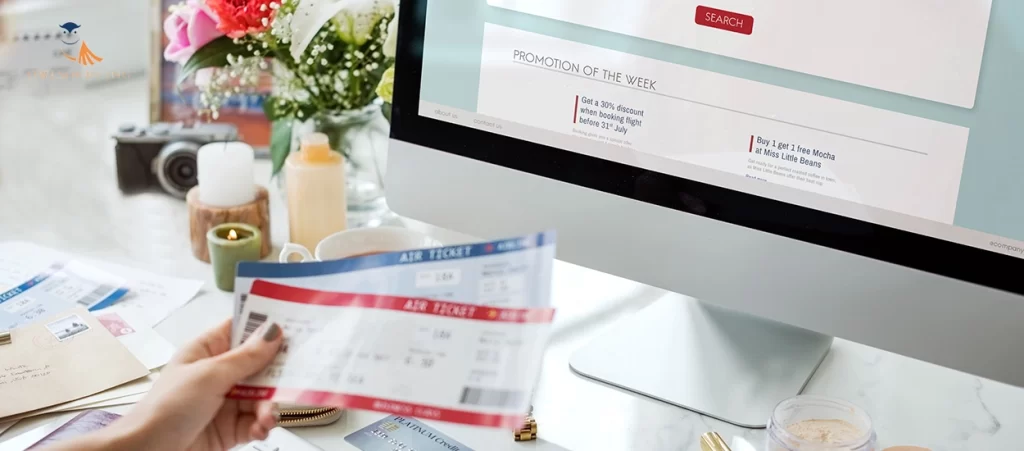
The freight rate both for airfreight and air couriers based on either the gross weight or the dimensional weight. The cargo will be charged whichever is higher.
Why will the carrier evaluate the dimensional weight? Because it needs to determine how much space your shipment will take up inside the aircraft. It is a question of balance for the air carriers.
For example, let’s say we have a shipment of cotton that occupies a large amount of space in the aircraft. If the carrier charges us based on the weight of the cotton, then it is unfair to shippers who pay much more for heavy products, such as porcelain tile.
A lot of people are confused about the dimensional weight, so we would like to show you how to calculate it.
Gross weight is the actual weight of your cargo, including the packaging.
Dimensional weight is calculated by volume. For normal cartons, it is based on length X width X height. The dimensional weight for Chinese cargo is calculated as follows:
- Airfreight: 6,000 cm³/kg = 166.667 kg/m³
- Air Courier (FedEx, UPS, DHL): 5,000 cm³/kg = 200 kg/ m³
Let’s say you need to ship a box to the USA, and the box is 110 cm (l) x 80 cm (w) x 50 cm (h) and 60 kg. First, let’s look at airfreight calculations:
- Gross Weight: 60 kg
- Dimensional Weight: (110 x 80 x 50) ÷ 6,000 = approx. 74 kg
- Chargeable Weight: 74 kg
Now let’s look at air courier:
- Gross Weight: 60 kg
- Dimensional Weight: 110 x 80 x 50 ÷ 5000 = approx. 88 kg
- Chargeable Weight: 88 kg
Both airfreight and the air courier would charge you based on the heavier weight.
Below is the formula for calculating dimensional weight in inches:
L x W x H ÷ 366 = weight in kilograms
Read More Related Articles,
- Top Cities for Sourcing in China & China’s Top Factory Cities
- The Best Methods to Ship Your Product Directly from China
- How to Consolidate Shipments from China
- How to Find China Shipping Agents
- Basic Trade Terms Alibaba Incoterms: Detailed Explanation
Summarize
There are various ways for you to ship your goods from China to your Amazon warehouse. You can use the Amazon official shipping service for Amazon vendors. However, learning the complete shipping procedure and knowing the cost would greatly help you to work out the best shipping solution for your business.
Of course, Owlsourcing also provides you with shipping services. Maybe you still have questions about this, try contacting us.
Do you have anything to share with us about shipping products from China to the US? Please leave us a comment.

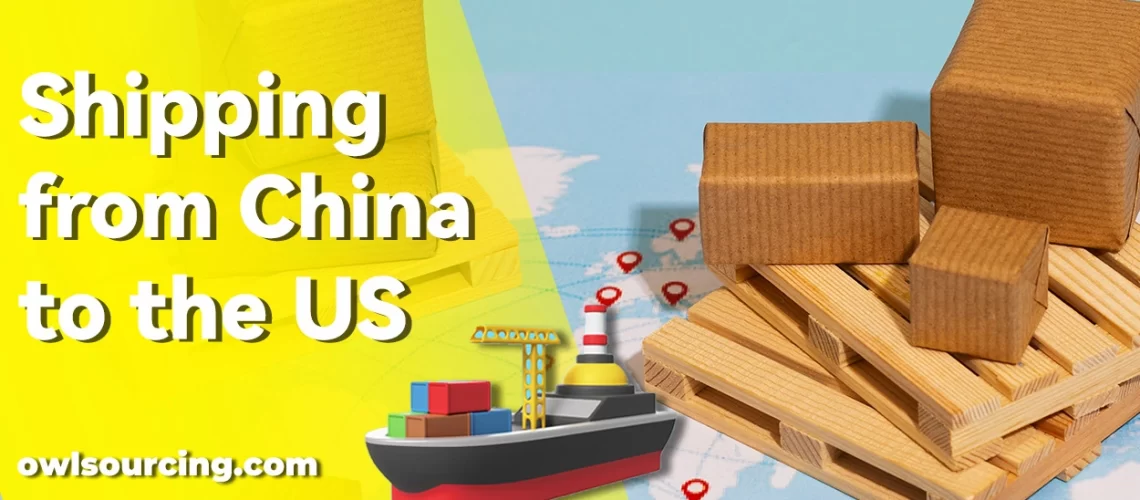

2 thoughts on “Shipping from China to the US: How to Ship to Amazon FBA from China”
Hello,
Thank you for sharing the post! I am wondering about the taxes once the products get to my country!? How should I deal with that? Would appreciate ur help!
Hi Daniel,
Please submit the ticket or send an email to [email protected] then we will see if we can support your case.
Cheers,
Andy